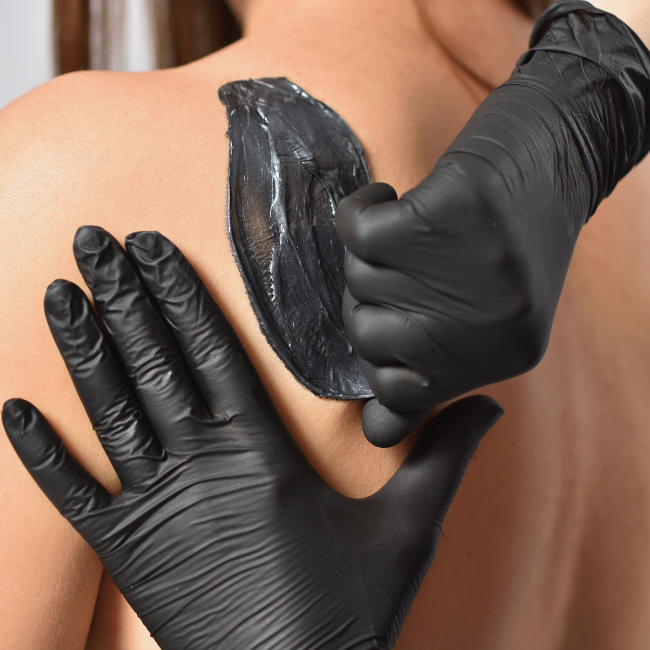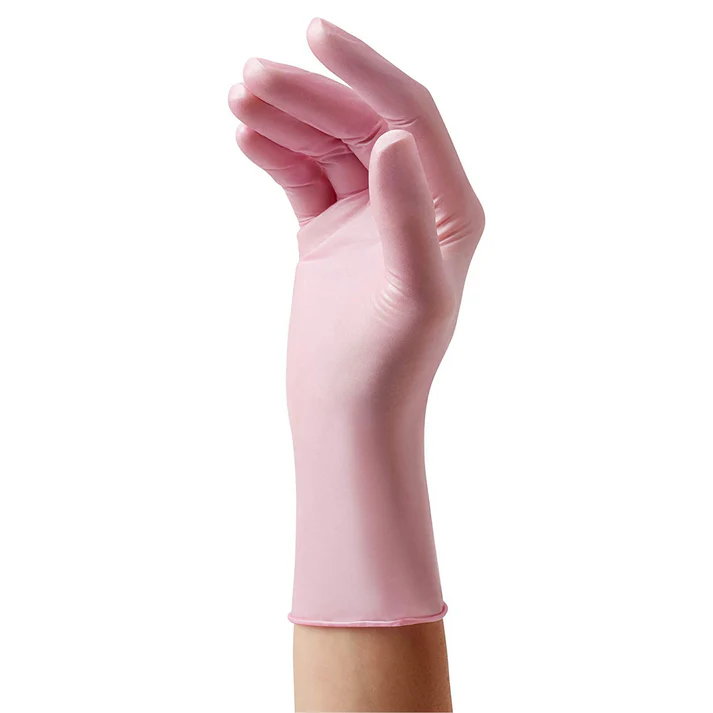

Waxing Became a Thing? | Historically Hair Free
By Angela Garrity, Guest blogger
Humanity has a deeply “rooted” history with unwanted body hair that stretches far back into the folds of time and is not anything new. For years, women and men throughout history have opted to rid themselves of unwanted hair whether it be for aesthetics, cultural and religious traditions, social norms, and personal preference, according to the Encyclopedia of Hair.
Beginning around 4000 to 3000 B.C., the earliest records of body hair removal can be traced to the Mediterranean and Oriental cultures. Women were mixing arsenic sulphide, quicklime, starch and water into a paste-like depilatory to rid themselves of unwanted hair.
Even the ancient Egyptians could not resist the look and feel of their legs and underarms that came from their own depilatory recipe containing burnt lotus leaf, tortoise shell and hippo fat. This ancient Egyptian medical text, known as the "Papyrus Ebers”, stretches across the sand of time and dates back to circa 1550 B.C.
The ancient Greeks and Romans popularized complete hair removal by waxing - it was not something exclusive to the ladies of that time. Roman men preferred smooth legs and their methods for hair removal for men included cocoa shells and resins. The blood from a bat was an ideal ingredient for eyebrow waxing.
As Crusaders returned to Europe from Africa during the Middle Ages, it was decided that body hair had to go. The Knights Templar brought treasures from their travels that included natural resins. These resins revolutionized waxing and prompted women to raise their hairlines. By applying a plaster of quicklime, allowing it to dry and then stripping it off, taking the hair with it – the highly fashioned high forehead became a trend. Eyebrows often were entirely plucked or waxed away.
In the mid 1800’s, Dr. Gouraud created one of the first depilatory creams called “Poudre Subtile”. It included quicklime and arsenic in a starch base. Strong, yet effective for hair removal during this time period. Dr. Gouraud targeted his product to women by claiming that his formula came from the Queen of Sheba, who is a known famous beauty. The doctor stated he “re-discovered” the powder that could “remove every appearance of beard from the lips”, which was effective for any woman who was looking to remove unwanted facial hair.
The 1900’s brought about numerous changes to the 20th century, in regard to hair removal.
Gillette introduced the first safety razor for men in 1904, followed by the first razor for women by the brand in 1915 called the Milady Décolleté. This begins the launch of what author Christine Hope called “The First Great Anti-Underarm-Hair Campaign,” in which ads told women to clean up their “objectionable hair.”
Harper's Bazaar began launching ads in 1915 that were targeted to women wearing sleeveless dresses that bare underarms were a new “necessity”.
 World War II caused a major nylon shortage in the 1940’s. This caused advertisers to focus on encouraging women to shave their legs, in addition to their armpits.
World War II caused a major nylon shortage in the 1940’s. This caused advertisers to focus on encouraging women to shave their legs, in addition to their armpits.
With the introduction of the bikini in 1946, women began to put effort into grooming what is now known as the bikini line.
In the 1960’s, mini skirts made their debut. With this fashion trend, came the notion of hairless limbs all thanks to wax strips. Hair removal was never easier.
Bodybuilding welcomed modern day men into body waxing in the 1980s. This trend of men’s waxing continues to this day.
The 2000’s ushered in the sphinx wax as mainstream and earned it a few other commonly known names that include the full Brazilian wax, full bikini wax and Hollywood wax.
Waxing has come an exceptionally long way and changed drastically since the dawn of time. This century has never looked nor felt better, as far as waxing goes. Regardless if you’re a new wax artist looking to get started or an experienced wax artist looking to boost your speed and your clients' experience, check out the world's best wax right here for you.

















